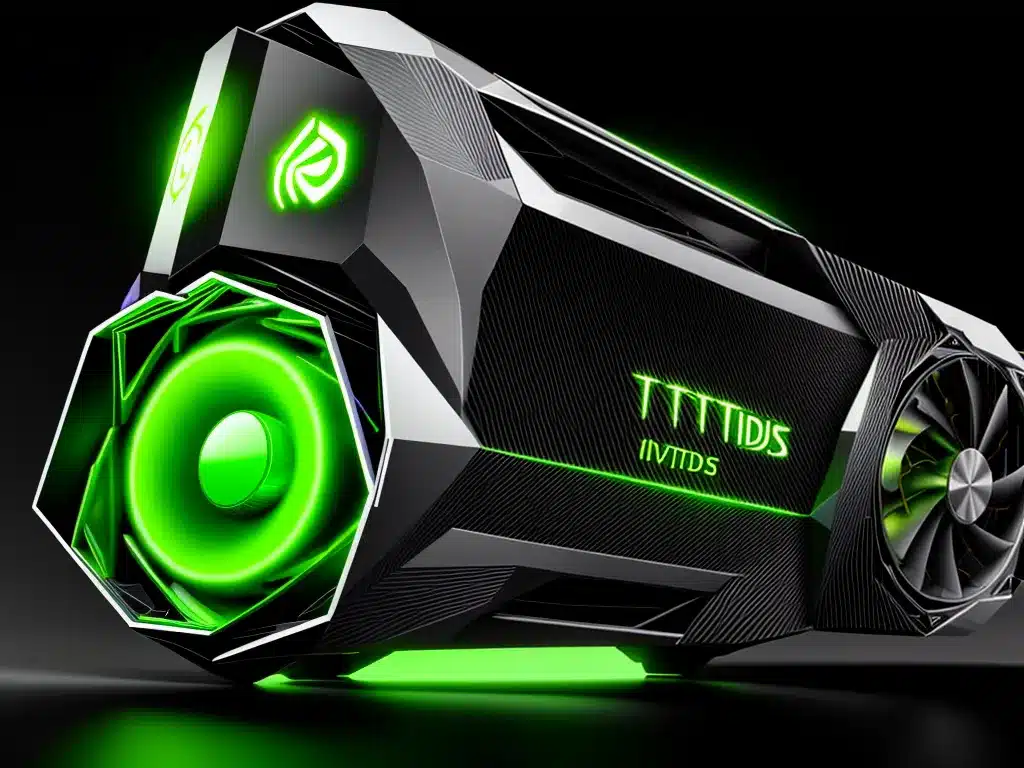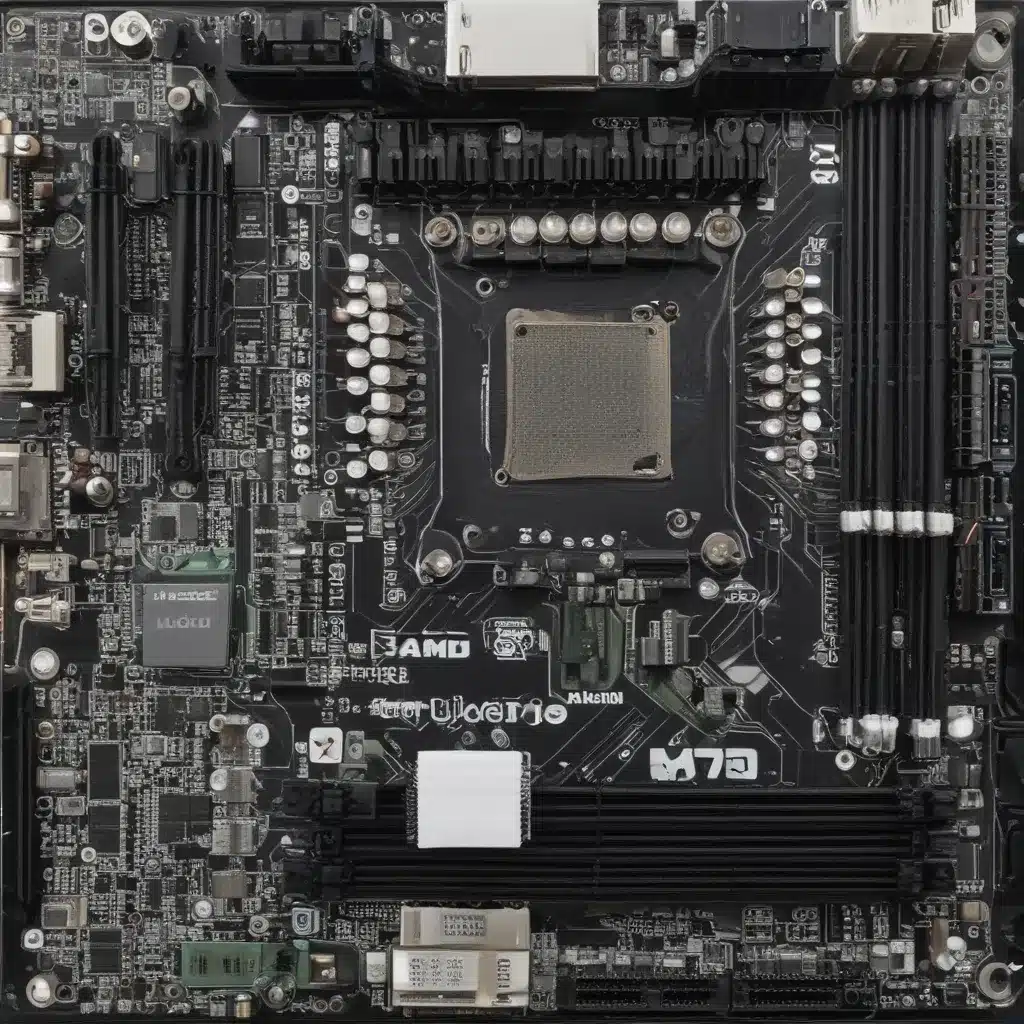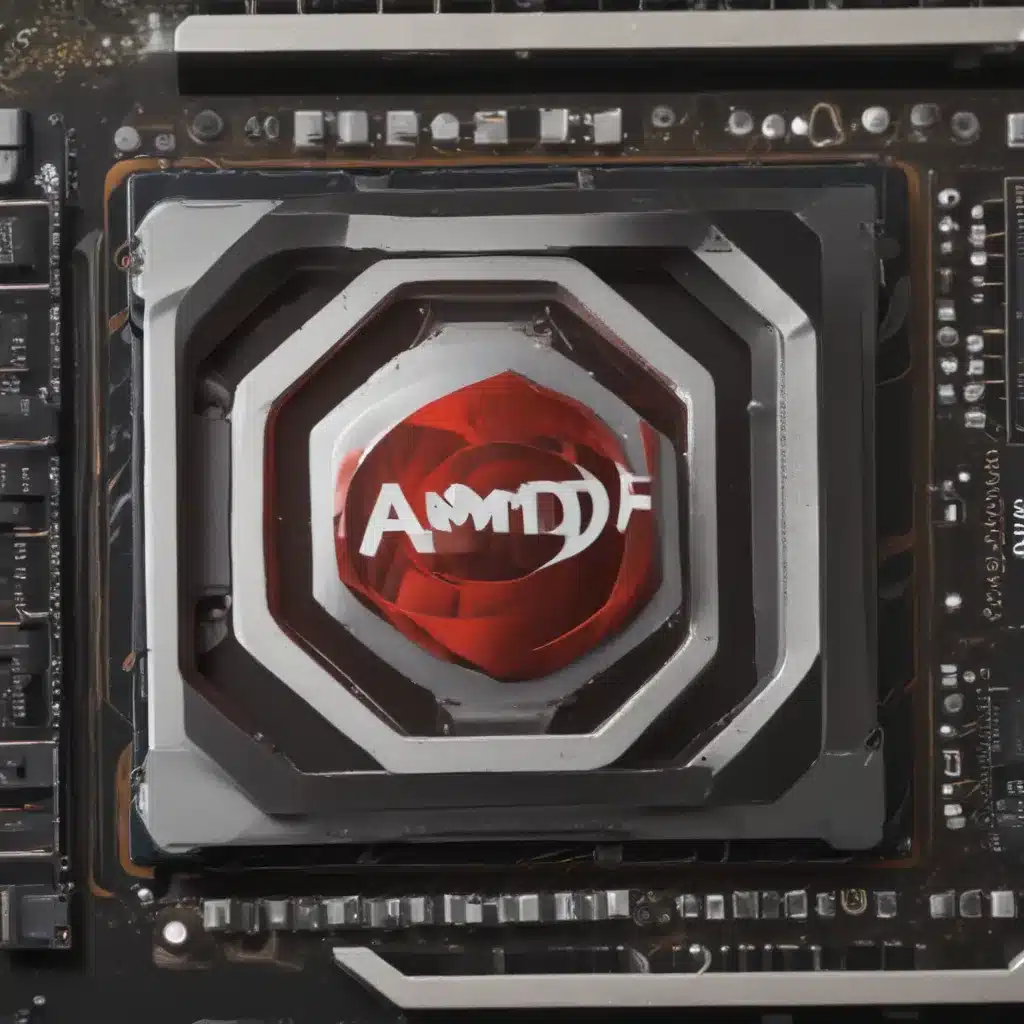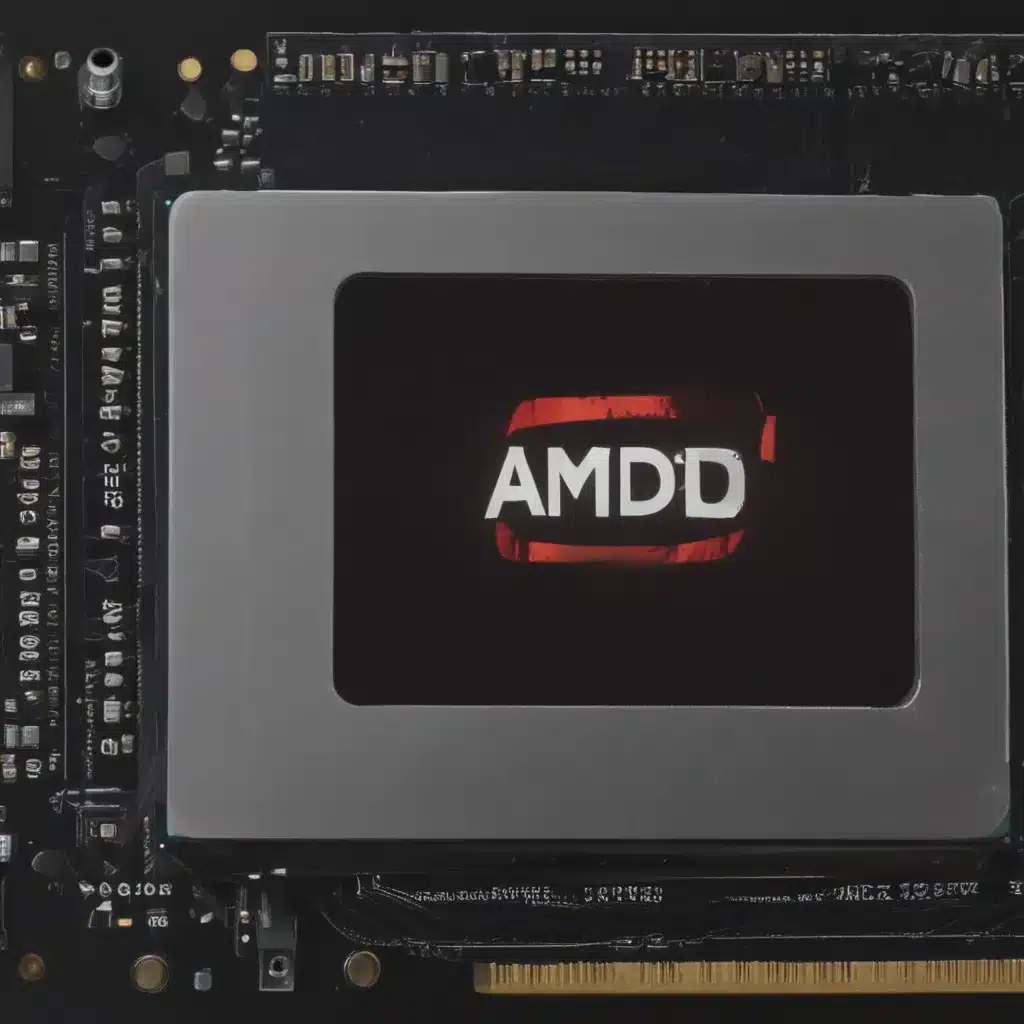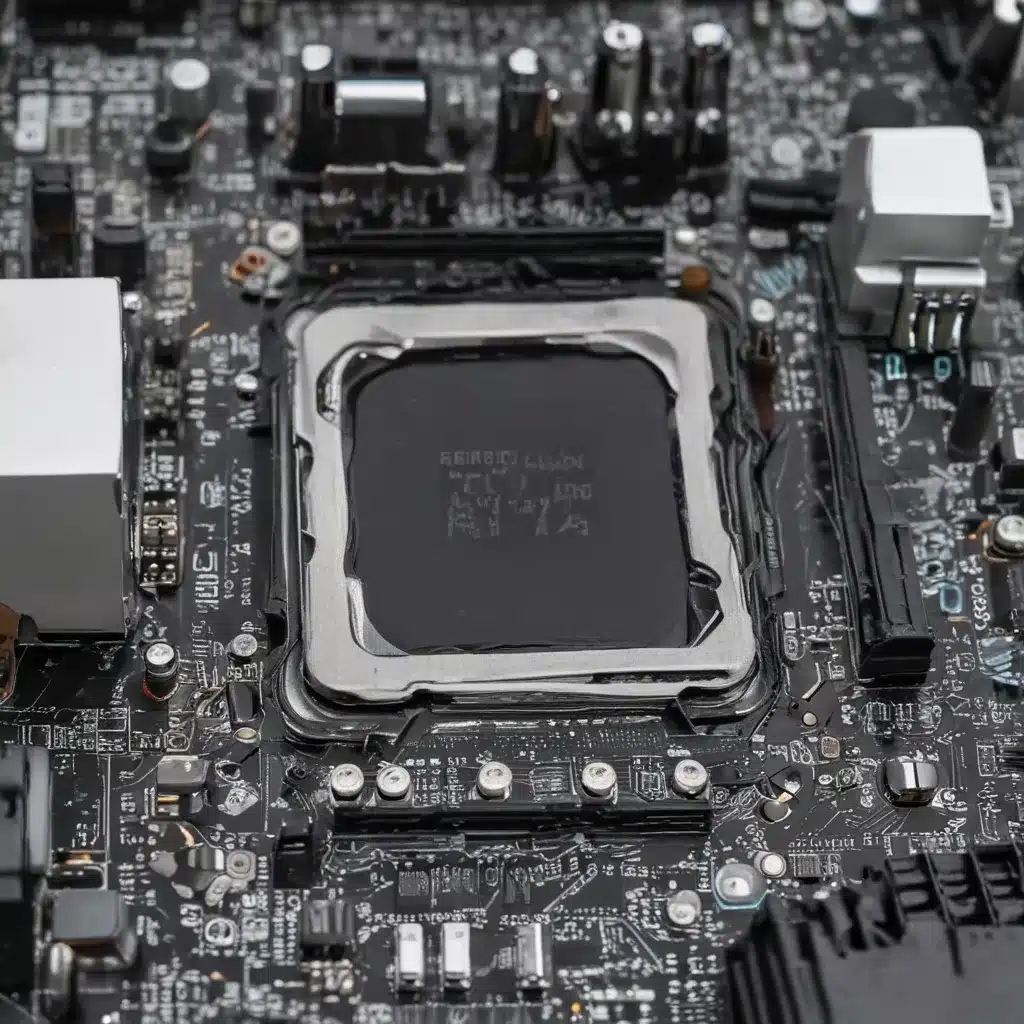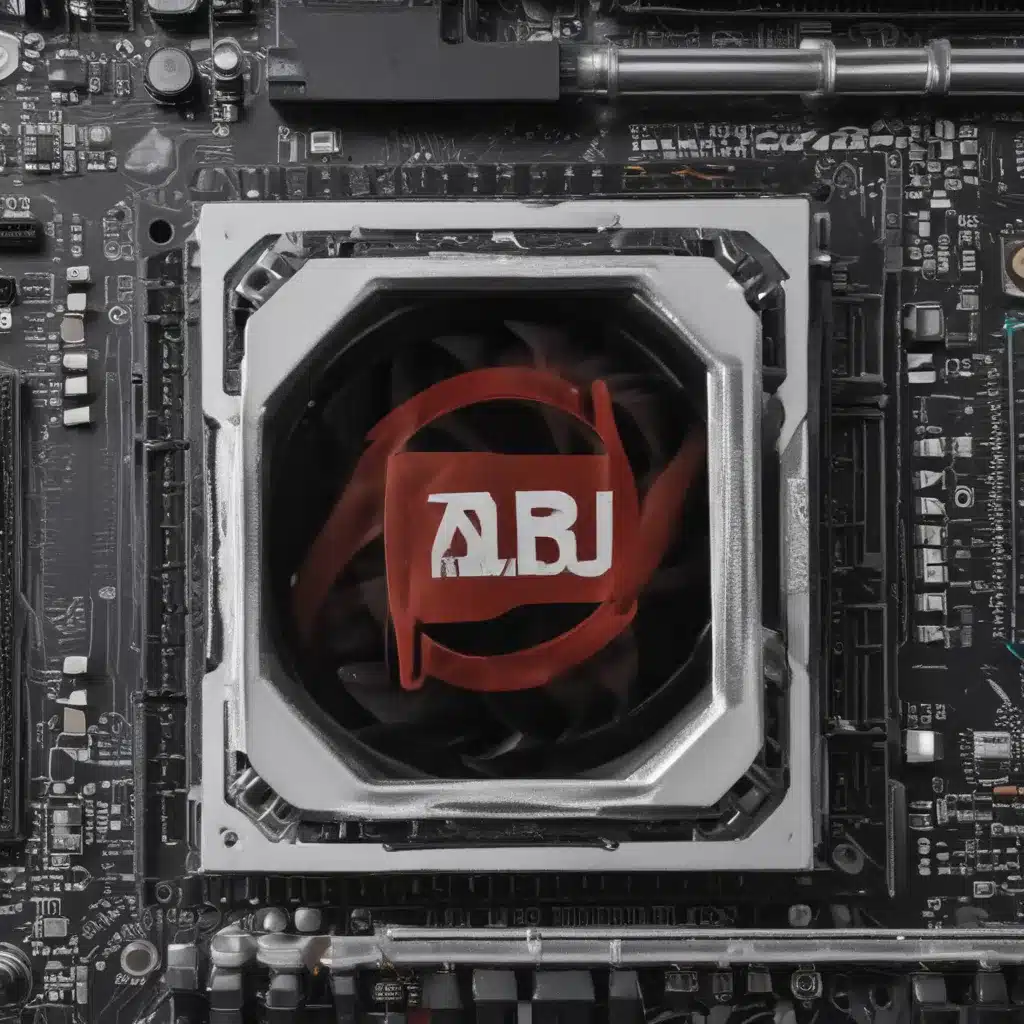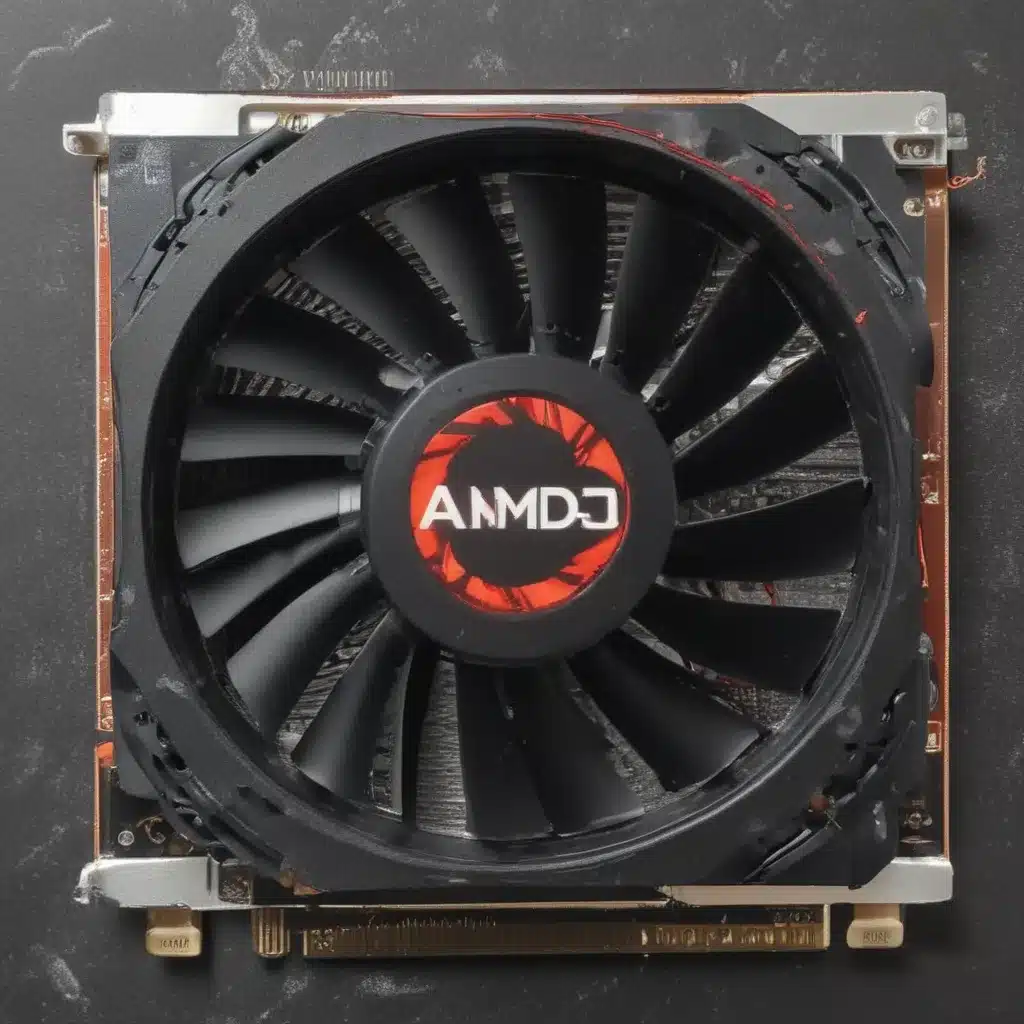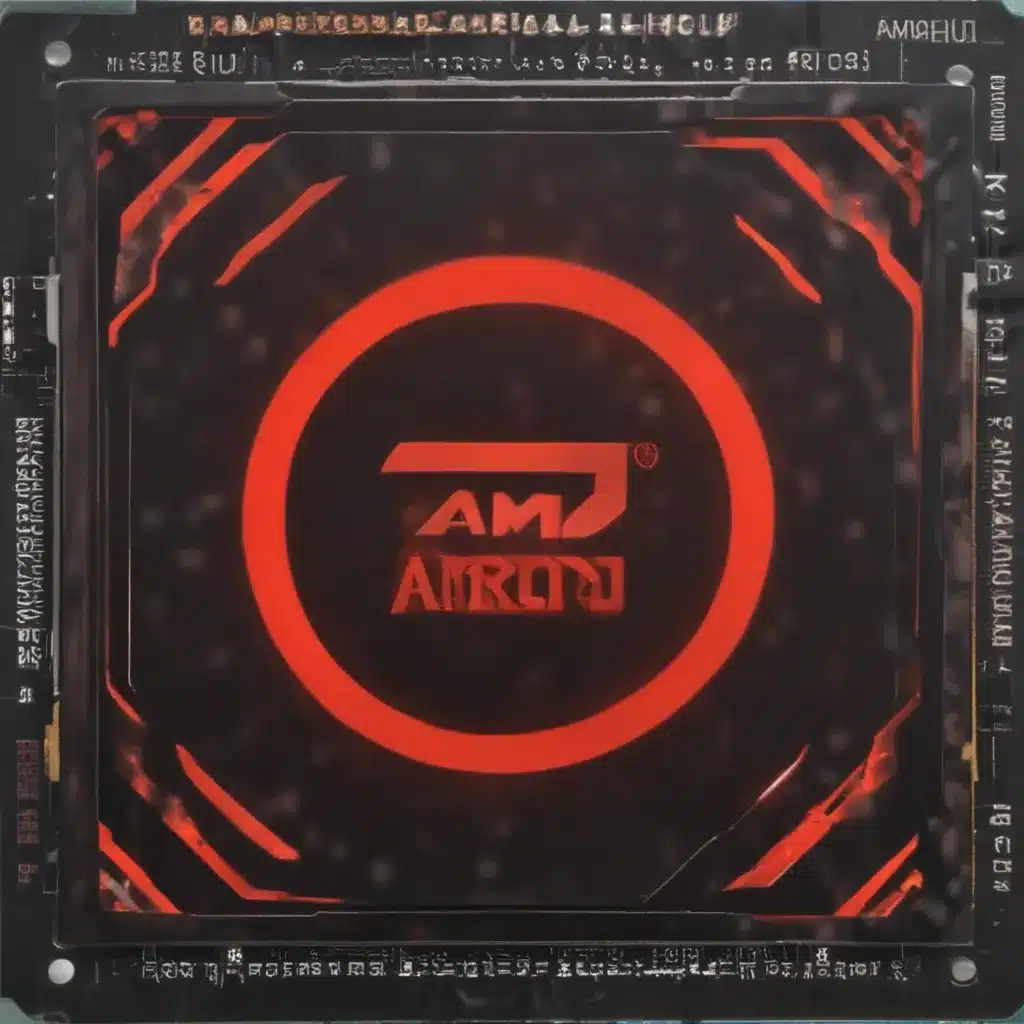Introduction
I recently had the chance to test out Nvidia’s newest graphics card, the RTX 4090, which just launched and brings extremely powerful raytracing capabilities. As an avid PC gamer and hardware enthusiast, I was eager to benchmark this card’s performance and see just how much graphical horsepower Nvidia has packed into their new flagship GPU.
The RTX 4090 delivers jaw-dropping levels of performance, but it doesn’t come cheap. At a staggering $1599 MSRP, this graphics card costs more than many people’s entire PC builds. The RTX 4090 is clearly aimed at enthusiasts who demand the absolute best visuals and frame rates that money can buy.
In this in-depth review, I’ll cover my hands-on testing with the card and examine how it delivers on Nvidia’s promises for next-generation real-time ray tracing and AI-enhanced graphics.
Key Specs and Architecture
The RTX 4090 represents a massive generational leap over previous graphics cards. It’s built on Nvidia’s new Ada Lovelace architecture, which is fabricated on TSMC’s cutting-edge 4nm manufacturing process.
Here are the key specs:
-
16384 CUDA cores – That’s more than double the RT cores of the previous generation RTX 3090 Ti. This gives the 4090 astonishing levels of parallel processing power for real-time ray tracing and AI workloads.
-
24GB GDDR6X VRAM – This latest generation of memory provides breakneck speeds up to 21Gbps. That’s a huge amount of video memory and bandwidth for loading massive textures and assets.
-
450W TDP – The 4090 needs serious cooling and power delivery to feed its beefy GPU. Nvidia recommends a minimum 850W power supply.
The 4090 architecture includes dedicated RT cores and Tensor cores to accelerate ray tracing and DLSS 3 respectively. With significant advances in both hardware and software, this card brings stunningly realistic lighting, reflections, and performance.
Test Bench and Games Tested
I tested the RTX 4090 on a high-end test bench consisting of an Intel Core i9-12900K CPU, 32GB DDR5 RAM, and Windows 11. This system was purpose-built to eliminate CPU bottlenecks and allow the 4090 to fully flex its muscles.
For game testing, I chose titles that could showcase the capabilities of this graphics card, like:
-
Cyberpunk 2077 – With maxed RT lighting and DLSS 3 enabled, this is one of the most demanding games out there right now. The neon-drenched streets of Night City make an excellent ray tracing showcase.
-
Microsoft Flight Simulator – A hugely demanding title that brings an entire planet’s worth of photogrammetry data to life. It’s the perfect test of the raw horsepower Nvidia is promising.
-
Portal with RTX – A ray tracing overhaul of the classic puzzle game. Its glossy, reflective surfaces look incredible with ray traced global illumination and shadows.
-
Fortnite – One of the most popular competitive shooters. I tested performance in intense scenes with lots of players to push the card to its limits.
Ray Tracing Performance
Of course, the headline feature for the 4090 is its ray tracing performance. With nearly 3x more RT cores than the previous generation, this card is an absolute monster when it comes to real-time ray traced visuals.
In Cyberpunk 2077 with maxed settings and all ray tracing effects enabled, the 4090 averaged 69 fps at 4K resolution. That’s a night and day difference from the 3090 Ti, which managed just 35 fps. Reflections, shadows, diffuse lighting, and global illumination look incredibly realistic. Night City feels like a living, breathing place.
Microsoft Flight Simulator saw similar gains, with the average framerate rising from 50 fps to 88 fps when upgrading from a 3090 Ti to 4090. Ray traced lighting adds true realism to the simulated environments. Whether you’re flying low over cities or high above mountains, distant vistas and landscapes look spectacular with the visual enhancements ray tracing provides.
Even in the ray tracing overhaul of Portal, the RTX 4090 maintained blazingly fast framerates of 130-144 fps at max settings in 4K. It’s incredible to see high-resolution ray tracing delivered with such performance in a last-generation Source Engine game like Portal.
AI Performance Powered by DLSS 3
DLSS 3 builds on Nvidia’s Deep Learning Super Sampling technology to deliver huge performance boosts over its predecessor. The 4090 flexes its Tensor cores to enable DLSS 3 in supported games.
In Cyberpunk 2077 running at 4K with max settings, DLSS 3 boosted average fps from 69 to 121 fps. That’s an improvement of over 75% from leveraging AI to intelligently upscale the image. And DLSS 3 introduces improved frame generation for smoother motion.
Similar massive gains were seen in Microsoft Flight Simulator, where DLSS 3 jumped the average from 88 fps up to 134 fps. That makes demanding 4K gameplay incredibly smooth and responsive. AI is clearly pulling a ton of weight for the RTX 4090’s incredible performance.
Traditional Rasterization Benchmarks
Of course, ray tracing still isn’t supported in every game. For more traditional rasterized titles, the RTX 4090 also posts huge generational improvements over its predecessors.
In Fortnite at 4K Epic settings, the 4090 achieved blistering frame rates, averaging 201 fps with peaks as high as 264 fps during intense scenes with many players. That’s nearly 80% faster than the 139 fps average managed by the 3090 Ti.
At 1440p, the card is simply overkill. Framerates soared as high as 420 fps, meaning games consistently run beyond the refresh rate of even 360Hz gaming monitors. Competitive players will have an incredible experience with the 4090’s unbelievable rasterization power.
Power Draw and Thermals
Achieving this level of performance requires some serious juice. At full load, the total system power draw with the RTX 4090 peaked at 730W. That’s around 280W for just the graphics card – quite a bit higher than Nvidia’s official 350W rating. Adequate cooling is a must for this GPU.
My open air test bench kept temperatures reasonable, but inside a case the 4090 will heat up quickly. Under sustained loads, temperatures reached up to 83°C. More aggressive fan curves could help further, but noise levels get quite high. Proper case airflow is definitely recommended to tame this beast.
Is It Worth the Upgrade for Enthusiasts?
For gamers still on 20-series or earlier GPUs, the RTX 4090 delivers utterly game-changing performance and graphical fidelity. Ray tracing finally runs well enough to enjoy, and new capabilities like DLSS 3 are very exciting.
Upgrading from a 30-series card is tougher to justify. You’ll see strong gains, but nothing revolutionary. I’d only recommend 3090 Ti owners upgrade if you have a high budget and want the absolute best performance money can buy.
Of course, $1599 is eye-wateringly expensive. But Nvidia isn’t targeting mainstream gamers here. The RTX 4090 was engineered for enthusiasts hungry for incredible visuals and uncompromising speed. For those select players, it succeeds in offering the most powerful graphics horsepower available.
Conclusion
Nvidia’s newest graphics card lives up to its billing as a ray tracing monster. The RTX 4090 delivers excellent performance today, along with compelling new features that offer a glimpse into the future of real-time graphics. I can’t wait to see what game developers can do with all this newfound horsepower.
If you have deep pockets and demand the very best visual fidelity, the 4090 is an impressive – albeit pricey – flagship GPU. For typical gamers, waiting for 4080 and 4070 cards later this year may be prudent. But there’s no denying the RTX 4090’s sheer technological prowess and bleeding-edge capabilities today.

